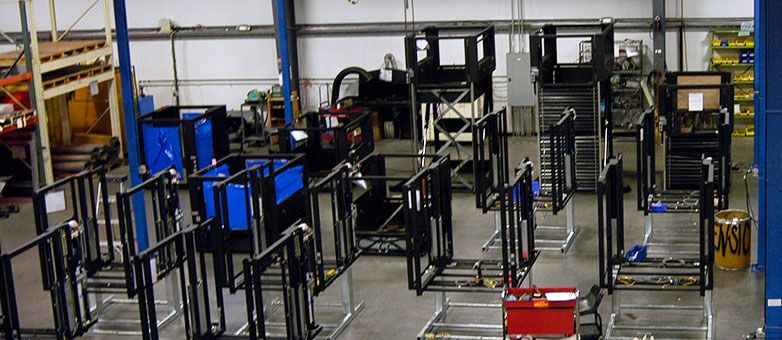The Life of a Lift: What’s in a Warranty?
A warranty is a manufacturer’s guarantee that their product will work and, as such, is a direct reflection of a manufacturer’s trust in their product. Thus, it is important to take the strength of a product warranty into consideration when choosing a wheelchair lift.
Two things you’ll want to look for in a warranty are:
- Warranty Duration – The industry standard is 5-year coverage with some manufacturers offering standard warranties up to 20-years. However, some manufacturers will only provide 2 or 3-year warranties with optional extended warranties.
- Warranty Provisos – Most Vertical Platform Lift (VPL) warranties are typically split into several sections – drivetrain, other parts, and labor. For example, a standard 5-year warranty may actually be a 4-year drivetrain, 9-month other parts, and 90-day labor warranty. Don’t take it for granted that a warranty means you’ll be covered no matter what; be sure to know what will be covered without out-of-pocket costs.
Easy to Use: The Difference between Lifts.
VPLs predominately come in two variations: permanent and portable.
Permanent:
To install a permanent lift into a facility or home, the lift must be bolted directly to the existing floor, or, for outdoor installations, will require a concrete slab built at the base. In addition, it is common that some alterations to the home or facility will be required to ensure proper use, such as landing platforms, upper gates, even an installation pit if the lift is designed with a protruding safety pan. Regardless of what must be done, installation will require the help of a contractor.
While permanent lifts are available in a range of rise options, they typically are capable of accommodating a higher elevation than portable models.
Portable:
There is no “installation” required for a portable unit; rather, a portable lift is merely rolled into place and set up. For this reason, portable lifts provide greater flexibility to a facility hosting a multitude of events. This flexibility is often beneficial to school districts and some businesses who frequently will have need to relocate a lift to provide accessibility to different locations around their facility for different events throughout the year, such as graduations, athletic competitions, and conferences – thus doing away with the need to buy multiple lifts. However, portable units are not always accepted in certain states or for certain applications. In these instances, it will be required to install a permanent lift. Contact a manufacturer for more information.
Making an Investment: What Does a VPL Cost?
Due to their many variations, wheelchair lifts are available through a sweeping range of prices. For this reason, it is difficult to accurately state price ranges. In addition, permanent lifts will require installation, which will also add cost.
A residential lift constructed without much regard for aesthetic appeal, warranty, and only the minimum required safety protocols to comply with the Americans with Disabilities Act (ADA) may have a purchase price between $2,000 and $10,000 dollars per unit. Conversely, luxury home and commercial model wheelchair lifts can be expected to price upwards of $20,000 to $100,000 per unit.
A VPL’s final price is largely determined by regional hardware requirements demanded for full ADA compliance, and situational hardware demands based on installation location. For example, a lift being installed outside in New England will most likely require an outdoor-use package to prevent weather damage and protect lift users, which will increase the overall cost of the lift.
There are also differences other than just regional demands. Luxury home and commercial lifts, for instance, are manufactured with a greater emphasis on visual aesthetic and safety. Warranties also tend to be extended for luxury home and commercial lifts.
More Information
For more information about wheelchair lifts, manufacturers, and how they can help you, Wheelchairlift.com is a terrific resource providing lift comparison charts, terminology, and an ADA code page.



